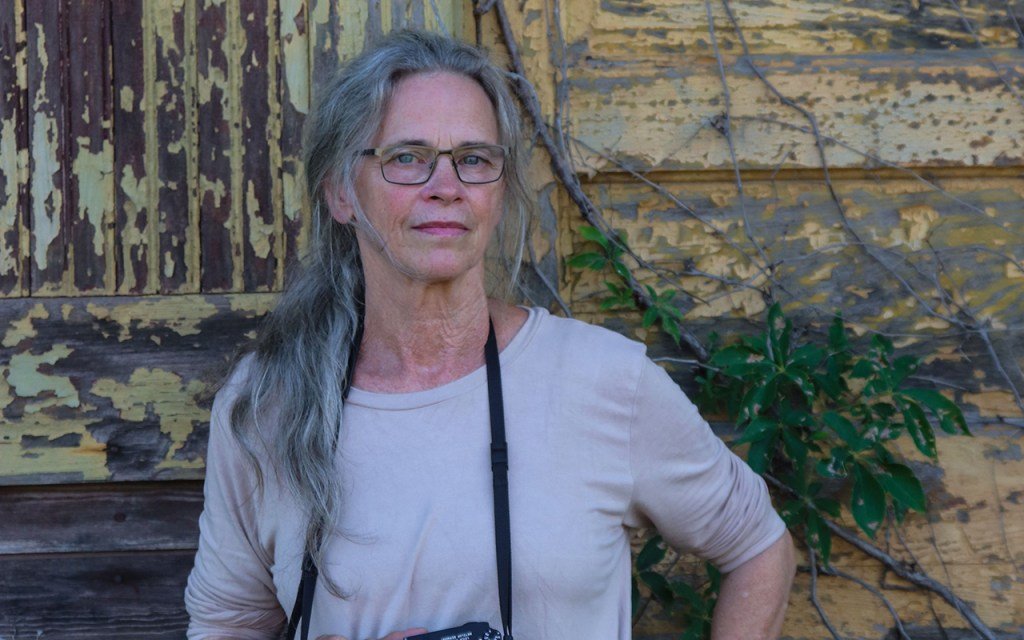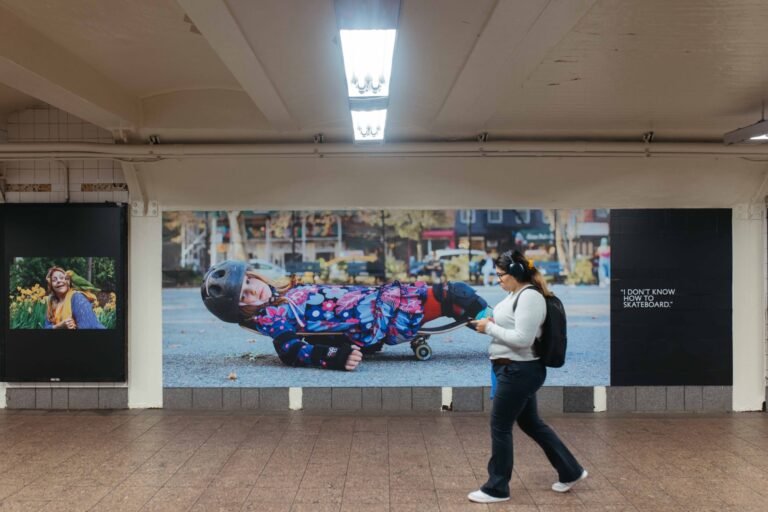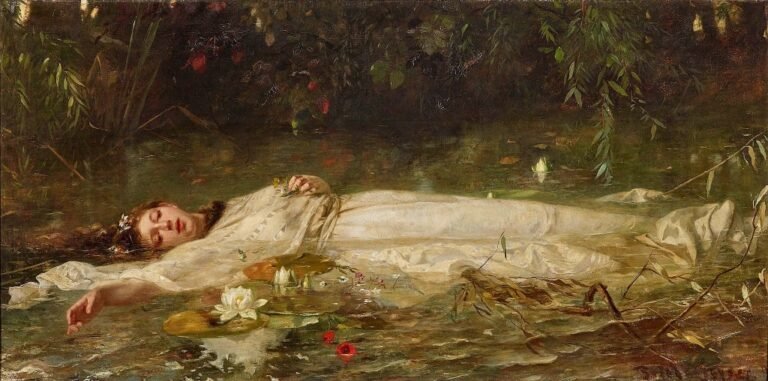


Artists in need of instruction and inspiration have no shortage of books to consult, from Julia Cameron’s The Artist’s Way to Austin Kleon’s Steal Like An Artist or Rick Rubin’s The Creative Act. Each volume offers dozens of cheerful directives that live somewhere between koan and bromide, encouraging readers to “Let yourself play” (Cameron), “Use your hands” (Kleon), and “Look inward” (Rubin).
In her new book, Art Work: On the Creative Life, Sally Mann is perhaps the first to provide some truly practical advice; nestled among suggestions for dealing with rejection, distraction, and perfectionism is her 1971 handwritten list of home remedies: “You will note about halfway down that intestinal worms are to be treated with raw garlic and rice,” she states, “but of course you clever young people know I was wrong about that: the best treatment for worms—pinworms anyway—is diatomaceous earth.”
But of course.

Much like her acclaimed 2016 memoir, Hold Still, Mann’s signature blend of self-effacing wit and poetic elegance flows through Art Work, along with photographs, diary entries, and correspondence with photographer Ted Orland. Born in Lexington, Virginia, in 1951, Mann often returns to the landscape of the Shenandoah Valley in her photographs, including those of her three children, sometimes nude, that provoked an outcry of controversy when they were shown in the 1992 exhibition Immediate Family at Houk Friedman Gallery in New York.
Though none of Mann’s subsequent exhibitions achieved quite the same fever pitch of attention, she has quietly and consistently continued making art and — to the point of Art Work — living a life. In the prologue, she asserts, “… the creative life invariably includes a rich, overflowing, varied, and complicated other life.”

Throughout the 12 chapters that follow, Mann uses stories from her “other” life to illustrate points of mentorly wisdom. In discussing the role of luck, she tells how her first plane ride, at 26 years old, led to her seat-mate Ronald Winston (son of the “King of Diamonds” Harry Winston) tossing her the keys to his Upper East Side mansion as a weekend crash pad. Mann’s second show, she writes, was nothing more than a collection of prints thumbtacked to the wall of a campus snack bar, but it resulted in her first sale — to none other than Olga Hirshhorn, who added the print to the collection of her eponymous Washington, DC, museum.
Serendipitous encounters aside, Mann shares plenty of weightier situations, including the repercussions from Immediate Family and the decision to pull 14 photographs of Black men from her 2018 show A Thousand Crossings at the National Gallery of Art. In a chapter titled “Why You Say Yes,” she describes visiting Qatar in the early 2000s at the invitation of its then-Emir Hamad bin Khalifa Al Thani. After exploring the Qatari desert with the palace drivers, Mann met Hamad and brazenly expressed outrage for what she encountered: abandoned cars, rusting oil barrels, plastic bags, soda bottles, and other detritus of a newly rich nation. Discovering that she and Hamad shared an abiding love of their countries’ environment, Mann agreed to return the second week of September 2001 to take his portrait in his favorite landscape.
That this particular trip to the region did not happen is no surprise. But more portentously for our current moment, Mann reports that, when an “important literary quarterly” recently asked her for an unseen body of work to publish, it refused her photographs (primarily landscapes) from Qatar due to the country’s “questionable human rights record.” Earlier this year, Mann’s photographs of unclothed children came under criminal investigation and were seized from an exhibition at the Modern Art Museum of Fort Worth. Though the charges were later dropped, the case marks a level of legal aggression not seen even at the height of the 1990s “moral panic” about her work.

Where is the artist’s guide to dealing with censorship? And when should artists stop engaging with repressive regimes? Is Qatar’s discrimination against migrants, women, and LGBTQ+ communities enough to warrant disengagement, or does it have to rise to the level of genocide for artists to call for a withdrawal of exhibitions? I’m not sure there are easy answers, and even the best creative advice can feel hollow in the midst of extensive government attacks on museums and cultural institutions. In reflecting on the censorship of her own work, Mann reminds us of the artist’s higher responsibility:
You have an obligation to the viewer to offer up a different sensibility (why otherwise would they bother to explore yours?), to call their closely held belief systems into question (not gratuitously and, to whatever extent you can, with respect and a lagniappe of beauty), and to challenge and subvert. The more effective you are at this, the more agitation, possibly even anger, you may cause.
Mann is not one for pithy directives. But if Art Work gives any answer, it comes not in the form of instruction, but by the example of its author. Keep working, it says. Challenge. Agitate. Persist.
Art Work: On the Creative Life by Sally Mann (2025) is published by Abrams and is available online and in bookstores.






